Using zoom motion blur in your photos for creative effect
Motion zoom can be created by zooming in or out while taking a photo with a slow shutter speed. Using this technique you can take a mundane subject, and change it into a surreal and abstract photo.
You can start at your lens' widest focal length and then zoom in while taking the photo, or start at the longest focal length and then zoom out, each has a slightly different effect. You can try zooming in and out during one exposure for a combined effect as well.
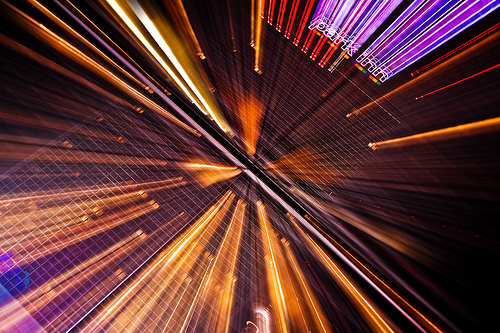
Zoomblur by Andreas Levers on flickr (licensed CC-BY)
If you want your subject to be defined and your motion lines to be straight, rather than wobbly, use a tripod or some other form of camera support to steady your camera. Otherwise you can shoot handheld, in which case you will capture a range of zoom motion blur and camera movement motion blur.
If you are hand-holding the camera, you can also try purposefully moving the camera while zooming and taking the photograph. For example, in the image below the photographer rotated the camera while zooming in:
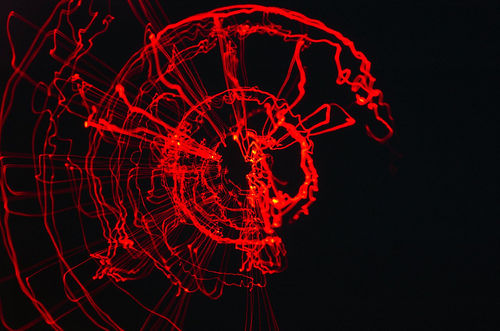
TwoTowersVertigo by Teo on flickr (licensed CC-BY-SA)
Experiment with long and short shutter speeds. Longer shutter speeds allow you to zoom the entire focal range of your lens during the exposure, which produces a much more abstract image with longer streaks of colour and light.
A shorter shutter speed will produce a photo where the subject is more identifiable, but with the motion zoom blur giving the photo a distinctive effect. Depending on your subject, you may also be able to use a flash (either at the start or end of the exposure) to give more of a distinction to the actual subject you are photographing.
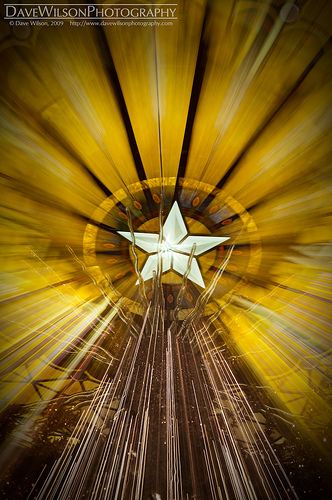
Driskill Christmas Star by Dave Wilson on flickr (licensed CC-BY-NC-ND)
Using a small aperture, such as f/16, will get you thin well defined streaks, while at the same time making it so that you need a longer shutter speed for a well exposed photo.
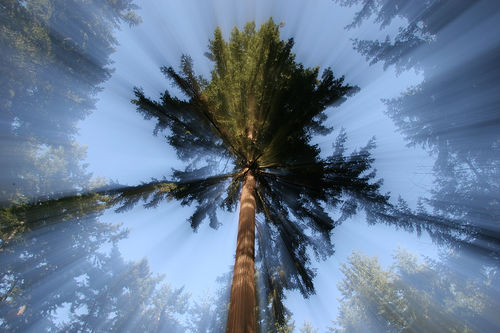
Evergreen blur 4 by Joe King on flickr (licensed CC-BY-NC)
Alternatively, a large aperture, e.g. f/2.8 will give broader softer streaks. The larger aperture will mean you need a faster shutter speed for a properly exposed photo. If the shutter speed is too fast when using a large aperture, you can use a neutral density filter to darken the image, and so increase the exposure time.
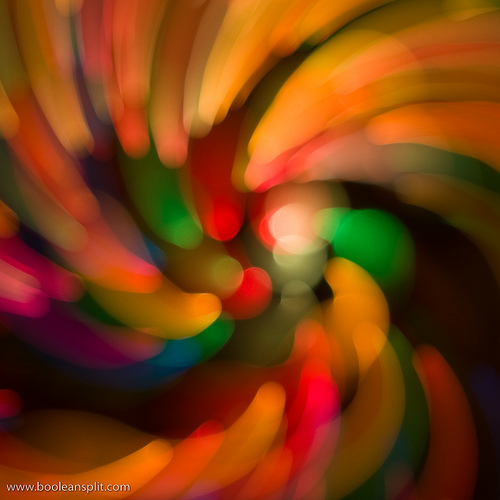
when bokeh and alcohol mix by Robert S. Donovan on flickr (licensed CC-BY)
Make sure also that your camera's ISO is set to the lowest level possible if you are having trouble with the shutter speed being too fast.
Obviously, zooming in while taking a photo is not something you're likely to want to do with most of your photos. It works best when it's dark and with subjects where there are bright lights, such as Christmas lights. It can also be used to good effect to imply a sense a motion.
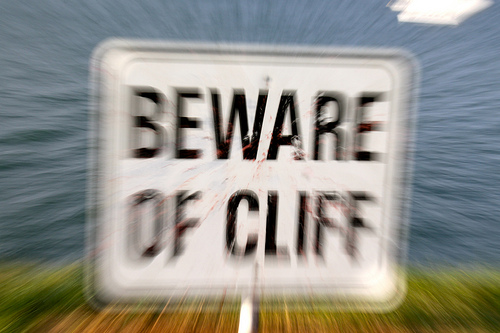
Warning by Jeremy Vandel on flickr (licensed CC-BY)




